In the world of electrical engineering and infrastructure maintenance, the integrity of cable insulation is non-negotiable. As power grids expand and demand for reliability soars, a superior solution is required for splicing, sealing, and protecting critical connections. This guide provides an in-depth exploration of epr self amalgamating tape, a cornerstone material for ensuring long-term operational safety and efficiency in high-voltage environments.
Discover J30 High-Voltage EPR TapeThe Rising Demand for High-Performance EPR Tape: Industry Trends
The global energy landscape is undergoing a monumental shift. The push towards renewable energy sources like wind and solar, the expansion of electric vehicle (EV) charging networks, and the modernization of aging power grids all place unprecedented stress on electrical components. According to a market analysis by Global Market Insights, the electrical tapes market size is projected to exceed USD 15.5 billion by 2027, driven by increasing electricity consumption and infrastructure development. Within this market, high-performance tapes like **epr tape** are experiencing significant growth due to their superior properties.
Key drivers include:
- Grid Modernization: Utilities worldwide are investing heavily in upgrading subterranean and overhead lines, requiring reliable insulation for countless splices and terminations.
- Renewable Energy Integration: Wind turbines and solar farms involve extensive high-voltage cabling that must withstand harsh environmental conditions, from extreme temperatures to moisture and UV exposure.
- Data Center Growth: The exponential growth of data centers necessitates flawless power distribution systems where even minor electrical faults can lead to catastrophic downtime. **EPR self amalgamating tape** is crucial for insulating busbars and power feeds.
- Industrial Automation: Advanced manufacturing facilities rely on complex electrical systems that demand robust and durable insulation to ensure continuous operation.
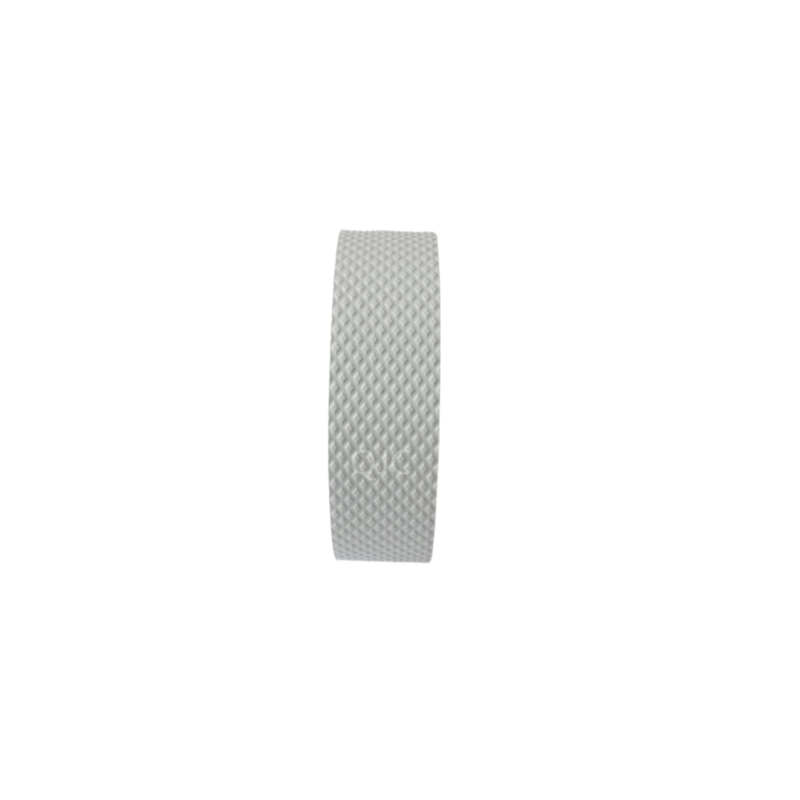
Unpacking the Technology: What is EPR Self Amalgamating Tape?
EPR self amalgamating tape, or Ethylene Propylene Rubber tape, is a non-vulcanizing, shelf-stable tape with exceptional electrical and physical properties. Unlike adhesive tapes, it lacks a traditional sticky coating. Its magic lies in the "self-amalgamating" or "self-fusing" process. When the tape is stretched and wrapped over itself, it initiates a chemical reaction that causes the layers to bond, forming a solid, seamless, and void-free mass of rubber insulation.
This fusion process creates a permanent, waterproof, and hermetic seal that is highly resistant to moisture, corrosion, and environmental contaminants. The base material, EPR, is a type of synthetic elastomer known for its excellent thermal stability and dielectric properties, making it the material of choice for medium to high-voltage applications.
Introducing Qiangda's J30 High-Voltage EPR Rubber Tape
Our premier product, the J30 High-voltage EPR Rubber Tape, is engineered to meet and exceed the stringent demands of the modern electrical industry. It is designed for insulating, waterproofing, and protecting joints and terminations of power cables up to 69kV and for busbar insulation up to 35kV.
| Technical Specifications: J30 EPR Self Amalgamating Tape | |
|---|---|
| Material | Ethylene Propylene Rubber (EPR) Base |
| Tensile Strength | ≥ 2.0 MPa (ASTM D4325) |
| Elongation at Break | ≥ 800% (ASTM D4325) |
| Dielectric Strength | ≥ 25 kV/mm (ASTM D149) |
| Volume Resistivity | ≥ 1 x 10¹⁴ Ω·cm |
| Operating Temperature | -40°C to 90°C (-40°F to 194°F) |
| Emergency Overload Temperature | 130°C (266°F) |
| Water Absorption (24hrs) | < 0.1% |
| Ozone & UV Resistance | Excellent |
| Standard | Complies with ASTM D4388 Type III specifications |
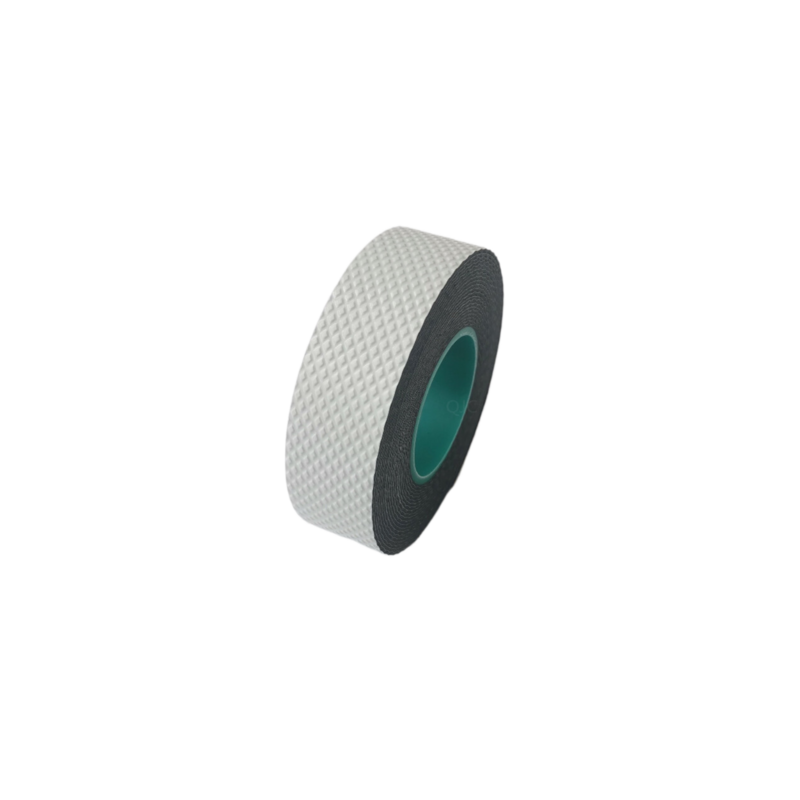
Precision in Every Roll: The Manufacturing Process of J30 EPR Tape
The superior performance of an epr self amalgamating tape is not accidental; it is the result of a meticulously controlled manufacturing process. At Qiangda, we adhere to ISO 9001:2015 certified quality management systems to ensure every roll of J30 tape delivers unparalleled consistency and reliability. Here's a simplified look at our production journey:
High-purity EPR polymer is blended with proprietary additives, plasticizers, and tackifying agents in a precision mixer to create the base compound.
The compound is fed through heated rollers (calenders) that press it into a uniform sheet of exact thickness and width. This step is critical for consistent dielectric strength.
A specially treated release liner is applied to the tape. This liner prevents the tape from fusing to itself while on the roll but is easily removed during application.
The master rolls are precisely slit into standard or custom widths and wound onto cores. Tension control is paramount to prevent pre-stretching.
Samples from each batch undergo rigorous testing for tensile strength, elongation, dielectric strength, and fusion time, ensuring compliance with ASTM D4388 standards.
This multi-stage process, combining advanced chemistry with mechanical precision, ensures that our J30 **EPR tape** provides a lifespan of over 20 years in typical applications across industries like electrical power, telecommunications, mining, and marine environments.
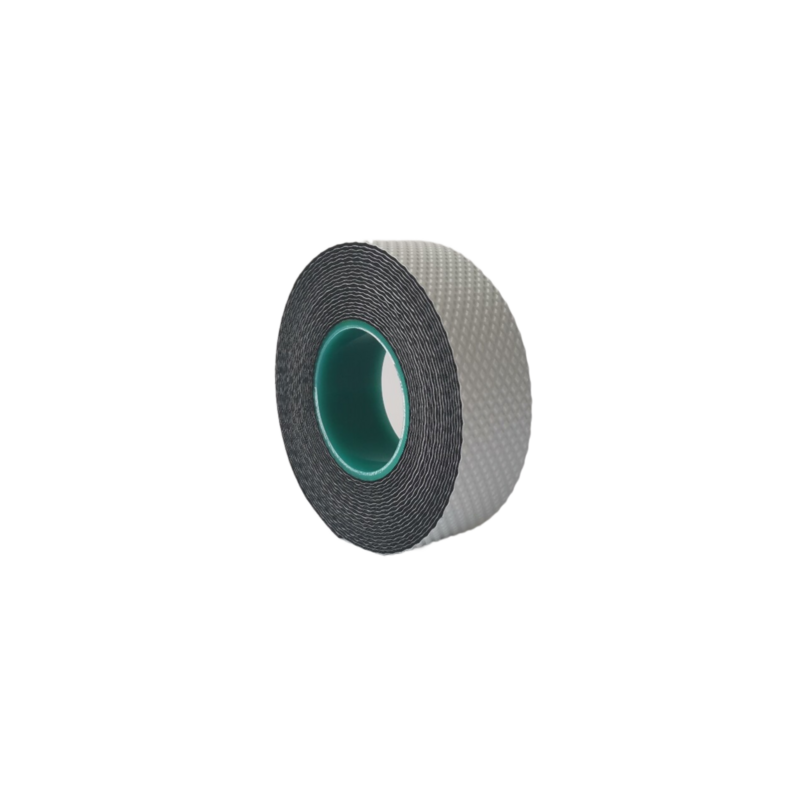
Data-Driven Performance: J30 EPR Tape vs. The Competition
To truly understand the value of a premium **epr self amalgamating tape**, a direct comparison is essential. The following charts visualize how our J30 tape's key technical indicators stack up against generic EPR tapes and standard industry requirements.
Dielectric Strength Comparison (kV/mm)
J30's higher dielectric strength provides a greater safety margin in high-voltage applications.
Maximum Elongation at Break (%)
Superior elongation allows J30 to conform tightly to irregular shapes without tearing, ensuring a void-free wrap.
J30 Material Composition
A balanced formulation for optimal performance and longevity.
Application Showcase: Where J30 EPR Self Amalgamating Tape Excels
The versatility and robustness of **J30 EPR Tape** make it indispensable in a wide range of critical scenarios. Its ability to create a permanent, moisture-proof seal is vital for both planned installations and emergency repairs.

Primary Applications:
- Medium/High-Voltage Cable Splicing: The primary use is to rebuild the insulation layer on spliced cables from 1kV to 69kV. When overwrapped with a protective jacket tape (like PVC), it creates a joint that is as strong and reliable as the original cable.
- Busbar Insulation: In switchgear and substations, wrapping busbars with J30 prevents phase-to-phase and phase-to-ground faults, enhances safety, and allows for more compact designs.
- Termination Sealing: It provides a moisture-proof seal for the lug and cable end in both indoor and outdoor terminations, preventing moisture ingress and corrosion.
- Telecommunication and Coaxial Cable Sealing: Ideal for weatherproofing RF connectors and splices in cell towers and communication infrastructure.
Experience in Action: Case Study
Challenge: Emergency Repair of a 15kV Underground Feeder
A construction crew accidentally damaged a critical 15kV underground power line feeding a commercial district. A rapid, reliable, and durable repair was needed to restore power and prevent a lengthy outage.
Solution: Application of J30 EPR Tape
Field technicians used a standard splicing kit, with J30 **epr self amalgamating tape** as the primary insulation. The tape was stretched to 75% of its original width and applied in half-lapped layers to build up the insulation thickness beyond the original cable's dimension. The high elongation of J30 allowed for a tight, void-free wrap despite the challenging field conditions. The splice was then covered with a mechanical-protection tape.
Outcome:
Power was restored in under 4 hours. A subsequent Partial Discharge (PD) test on the repaired joint showed no detectable discharge, confirming the integrity of the insulation. The J30 tape provided a permanent, waterproof seal that has now been in service for over 5 years without issue, demonstrating its real-world reliability and affirming our client's trust in our product.
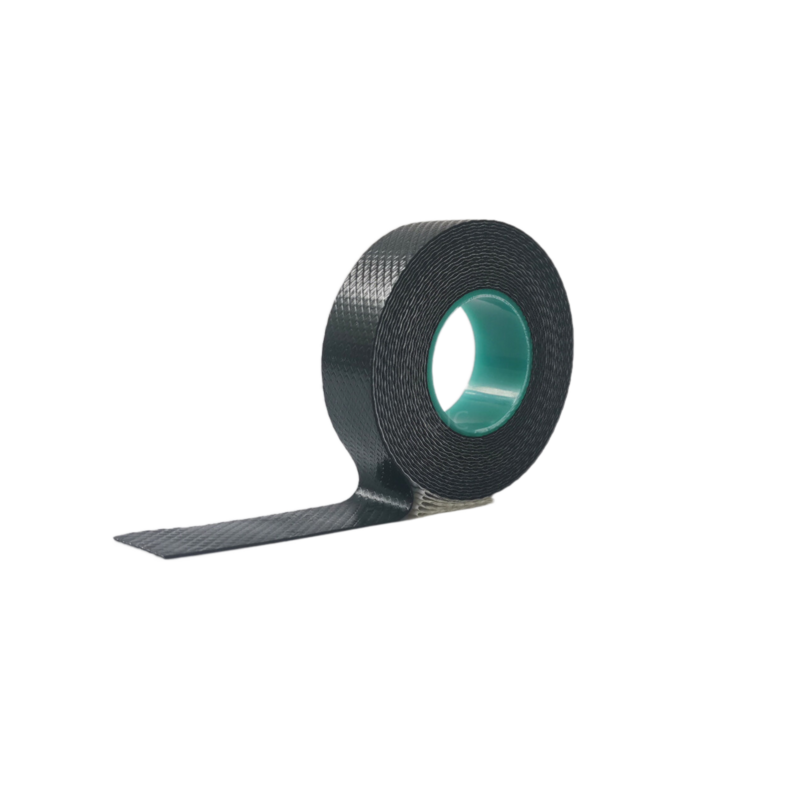
Building Trust and Authority: Why Choose Qiangda?
In a market filled with options, choosing the right supplier is as important as choosing the right product. At Qiangda, we build trust through transparency, expertise, and an unwavering commitment to quality. This is the foundation of our EEAT (Experience, Expertise, Authoritativeness, Trustworthiness) promise.
Industry Certification
Our manufacturing facilities are ISO 9001:2015 certified, and our products are designed and tested to meet or exceed international standards like ASTM D4388 and IEC 60454.
Decades of Expertise
With over 20 years in the adhesive and insulation tape industry, we possess deep domain knowledge. Our R&D team continuously innovates to enhance product performance.
Global Clientele
Trusted by utility companies, industrial contractors, and telecommunication providers across North America, Europe, and Asia. Our tape is a critical component in their operations.
Custom Solutions
We understand that one size doesn't fit all. We offer custom slitting (widths and lengths) and private labeling options to meet specific project requirements.
Transparent Warranty
We stand behind our J30 **EPR Tape** with a comprehensive warranty against manufacturing defects, giving you peace of mind for your critical applications.
Dedicated Support
Our technical support team is available to answer your questions, provide application guidance, and ensure you select the right product for your needs. Typical delivery lead time is 2-4 weeks.
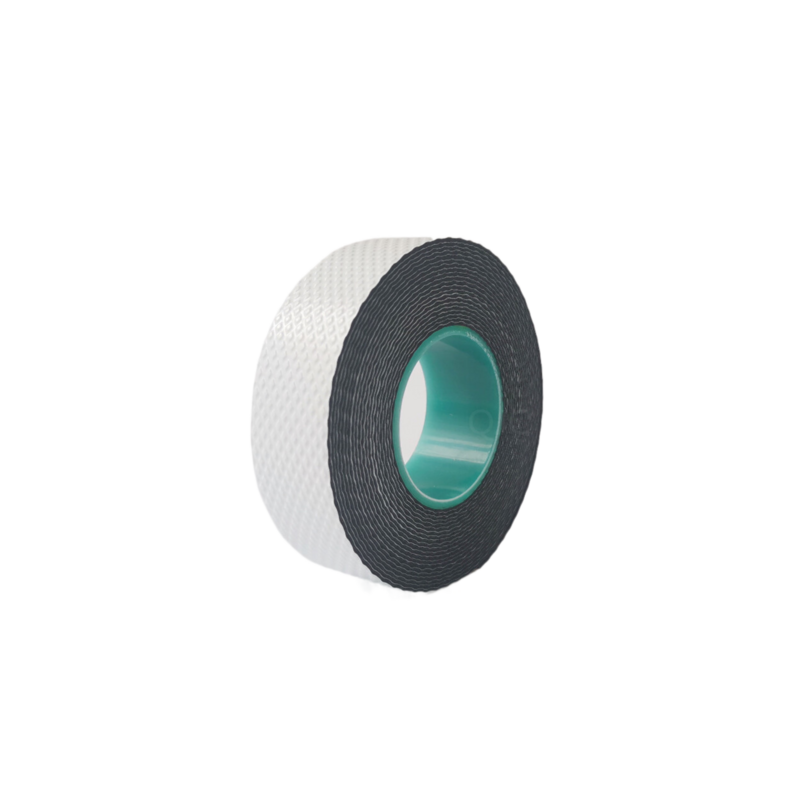
Frequently Asked Questions (FAQ) about EPR Self Amalgamating Tape
The primary difference lies in their function and material. PVC tape is a general-purpose insulating tape with an adhesive backing, suitable for low-voltage applications (typically EPR self amalgamating tape, however, is a high-voltage primary insulation. It has no adhesive but fuses to itself to form a solid, waterproof mass of rubber. It's used to rebuild insulation, while PVC is often used as a protective outer jacket over it.
For optimal amalgamation and void-free insulation, the tape should be stretched to approximately 50-75% of its original width. A good rule of thumb is to stretch it until its width is reduced by about one-third. Overstretching can compromise its dielectric properties, while under-stretching may lead to poor fusion and voids. Our J30 tape has excellent elongation memory, ensuring a tight wrap.
When stored correctly in its original packaging in a cool, dry place (ideally below 26°C / 80°F and away from direct sunlight), our J30 **EPR tape** has a shelf life of up to 5 years from the date of manufacture. The liner prevents the tape from fusing on the roll during this period.
Absolutely. The fused mass of J30 EPR tape is completely waterproof and resistant to soil acids and alkalis, making it ideal for insulating splices on direct burial cables. For added mechanical protection against rocks and sharp objects, it's standard practice to overwrap the EPR insulation with a high-quality, durable PVC tape or a resin-filled splice kit shell.
Self-amalgamating (or self-fusing) is a process where the tape material bonds to itself without the need for an external heat source or adhesive. The process is initiated by the pressure and slight stretch applied during wrapping. The polymer chains on the surfaces of the tape layers intermingle and cross-link, forming a single, homogenous piece of rubber over time. Full fusion typically occurs within 24 hours at room temperature.
Dielectric strength is a measure of a material's ability to withstand electrical stress without breaking down. It's typically measured in kilovolts per millimeter (kV/mm). A higher value means the material can insulate a higher voltage over a given thickness. For a high-voltage insulation tape like J30, a high dielectric strength (≥ 25 kV/mm) is a critical safety and performance metric, ensuring it can safely contain the electrical potential.
EPR rubber offers good resistance to a wide range of substances, including water, alcohols, and silicone greases. It has moderate resistance to some oils and solvents. For applications in environments with heavy chemical or oil exposure (e.g., in industrial plants or transformers), we recommend consulting our technical data sheet or contacting our support team to confirm suitability, as a specialized outer jacket might be recommended.
Further Reading & Industry References
Our commitment to expertise includes staying abreast of and contributing to industry knowledge. For those interested in a deeper technical understanding, we recommend the following resources:
- ASTM International, Standard D4388-13: "Standard Specification for Nonmetallic Semi-Conducting and Electrically Insulating Rubber Tapes." This standard provides the benchmark for testing and performance of tapes like our J30. Visit ASTM International.
- IEEE Xplore Digital Library: "Aging characteristics of ethylene propylene rubber used for outdoor high voltage insulation." Research papers like this provide scientific backing for the long-term stability and performance of EPR materials in harsh environments. Sample IEEE Article.
- Mike Holt's Forum (Electrical Engineering Community): Discussions on practical application techniques for high-voltage splicing offer real-world insights from field professionals. Visit Mike Holt's Forum.
-
Types of Electrical and Industrial Tape and Their DifferencesNewsAug.04,2025
-
The Versatile Uses of Rubber Tape in Daily LifeNewsAug.04,2025
-
Key Features of Automotive Wire Harness PVC TapeNewsAug.04,2025
-
Key Benefits of Using Linerless Insulating Rubber Tape in Electrical WorkNewsAug.04,2025
-
How to Choose the Right Rubber TapeNewsAug.04,2025
-
How to Apply PVC Warning and Floor Marking Tape for Maximum DurabilityNewsAug.04,2025
